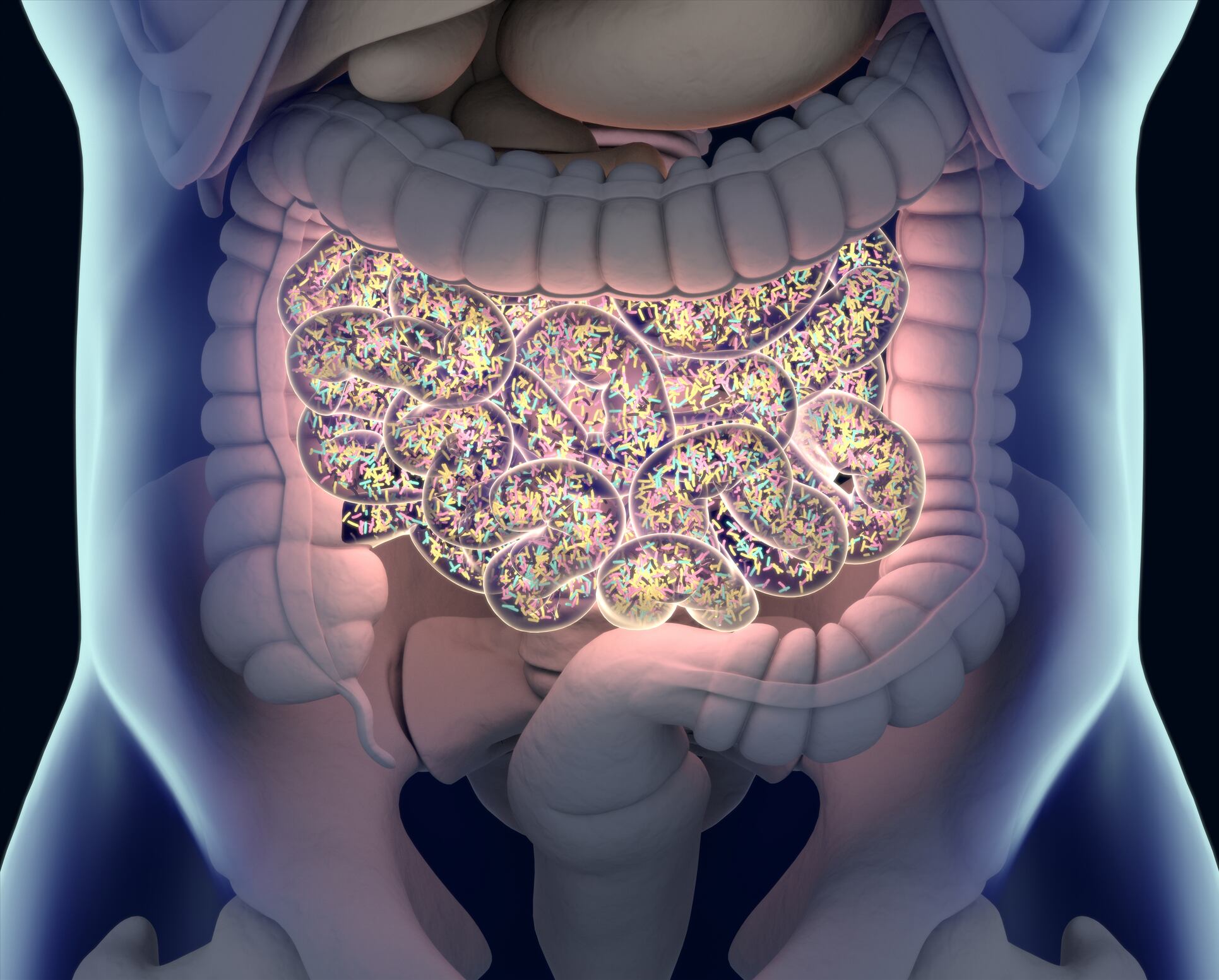PhD researcher Sara Dobani from Ulster University asserted this message during a presentation given at the Nutrition Society summer conference earlier this month.
She said that this sub-group of polyphenols, which are commonly found in tea, grapes, and cocoa products, have significant benefits to the gut barrier at dosages of 500 mcg per day.
“To summarise, the flavan-3-ols and their metabolites may represent a valuable component of the diet, in terms of maintaining a healthy gut barrier,” Dobani emphasised.
Yet, she urged further research to consider the significant differences in bioavailability of flavanols, as well as the relevance of the metabolites studied due to many being absorbed prior to reaching the colon.
Flavonoid protection
Dobani discussed her recently conducted unpublished review of research in this area.
She described in-vitro and animal studies which modelled stressors such as obesity using high fat high sugar (HFHS) diets to investigate the subsequent effect on the gut barrier.
She said research concludes that when the polyphenols were given first, followed by the stressor, there was a strengthening or a protection of the gut barrier.
“When the polyphenols were tested after the impairment of the barrier, we can see a restorative effect," she added.
Summarising the in vitro results, she said: “There was a general protection against the decrease in expression of a specific tested tight junction protein, both at a gene and protein level. There was also delocalisation of this protein.”
Regarding animal models, she highlighted that there was an observed increase in the expression of the tight junction proteins with a higher concentration of flavan-3-ol intake.
In addition, she noted that the amounts of circulating lipopolysaccharides (LPS) were significantly prevented when animals were supplemented with polyphenols.
Gut barrier
Adjacent intestinal epithelia form tight junctions that are essential to the function of the physical intestinal barrier, regulating the paracellular movement of various substances including ions, solutes, and water across the intestinal epithelium.
Dobani explained tight junctions are fundamental for maintaining the structure of the gut barrier and for regulating the absorption of nutrients.
“There are different triggers, both exogenous and endogenous, which can negatively impact this barrier, such as obesity, disease, and ageing.
“When we talk about impairment of the barrier, this can mean different things. For example, a decrease in the thickness of the mucus layer, as well as a decrease in the number of goblet cells and subsequent mucins,” she added.
She stressed that an impaired gut barrier can further promote the conditions of stress, leading to a viscous cycle which can be greatly damaging to human health.
She emphasised that the assessment of inflammation within the gut requires the measurement of objective measures, including the determination of gene and protein expression, mucins, and tight junctions.
Further work
Dobani drew attention to a recently published study investigating the modulation of flavan-3-ol by theobromine and caffeine, which found a differential effect of its influence on bioavailability.
She stressed that there has also been evidence to suggest significant inter-individual variability within the microbiome which may affect bioavailability, which would influence the validity of studies as well as the health benefits for different people.
She added that future work needed to identify and assess physiological flavan-3-ol metabolites in order to determine their relevance within studies, explaining that many do not reach the colon due to being absorbed at previous locations.
She emphasised that there was also a need to investigate the stability of the compounds tested within a growth medium, before analysing the bioavailability in a cell model.
Dobani explained: “It was reported that one compound had a 97% decrease in concentration over 24 hours. This means that when we take this medium containing the flavan-3-ol and place it into the cell, we’re not testing the original amount of the compound.”

